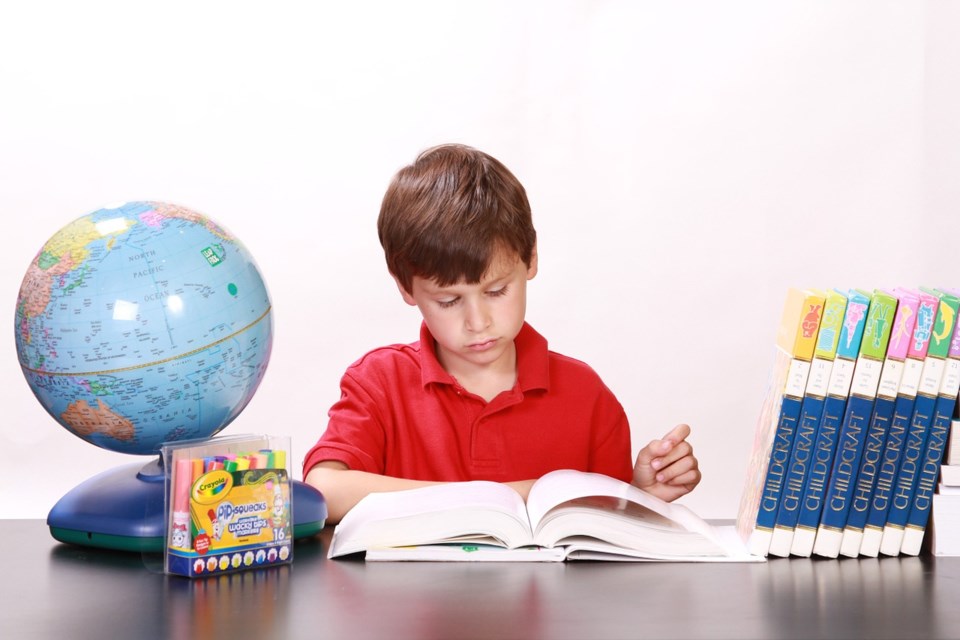A guide to increasing reading levels and success in reading has officially been released across the province. The program is called Saskatchewan Reads and is meant to provide ideas and tips to teachers trying to increase students’ engagement with reading, particularly in the Grades 1-3 range.
It’s not meant as a static document to tell teachers what to do; rather, it will allow teachers to create their own reading initiatives based on the individual needs of their students.
“It’s not a cookie cutter plan where by October 13 every division will have done this. It’s a support and a guide. Each division will do what they need to do for their own students,” said Liam Choo-Foo, Chinook School Division Director of Education and leader of the provincial reading initiative. “We built in this flexibility for divisions to use it as a framework.”
The initiative began when Premier Brad Wall said he wanted to see an increase of 20 per cent in the number of grade three students reading at grade level. School divisions in the province came together to discuss how to do that, and representatives from the school divisions began working together on the project.
“I must have been out for a cup of coffee at the time because when I came back, I had leadership,” Choo-Foo said. “We were able to go through this sound research that was out there, solid reading, instructional strategies, assessments and interventions, and we put together this document.”
While it is meant as a guide, there are some things that educators can do to increase reading levels. One thing Choo-Foo suggests is scheduling regular reading times, preferably in 90-minute blocks. As well, make sure students are reading at the appropriate level. Choo-Foo also encourages supporting kids at home, which could mean parents reading to their kids and talking about books and the importance of literacy.
“If the adults are role modelling and letting them know things are important, they take it importantly,” Choo-Foo said.
He also said to let kids read what interests them. One thing they found is that though girls have higher reading scores, the team let teachers know that by providing reading material of high interest to boys, they could be brought up to the girls’ level over a period of two years.
Choo-Foo is also pushing educators to look at the online version of the document, which has videos to further help teachers create their own initiatives.
“What’s promising is we’ve already seen a five per cent bump in grade threes reading at grade level,” Choo-Foo said, and estimates that there will be another jump in scores by the end of next year.
“There’s a really strong correlation between students reading at grade level in Grade 3 and being able to graduate,” Choo-Foo said. “We want them to be able to graduate to have the best chance of success in the futures.”
Dave Hill, principal at Humboldt Public School, said teachers have had access to the Saskatchewan Reads document for awhile and that most of the teachers had been using the strategies already.
“We talked a lot about that as we moved into our new school and reading areas in the classroom, making reading very visible and that sort of thing,” he said.
He said that reading is a key initiative in the Horizon School Division, and students are currently undergoing reading testing in the whole school division and a lot of learning goals will come out of that testing.
“What we’ve come to learn over the last few years and the focus on literacy, is in grades 1, 2, and 3, students are learning to read. After that, if they’ve built the skills and can read at grade level by Grade 3, then they can read to learn,” Hill said. “Students that are behind in Grade 3 are going to have trouble making the transition into taking text and comprehension into the older grades. The hope is we build the foundations early.”




